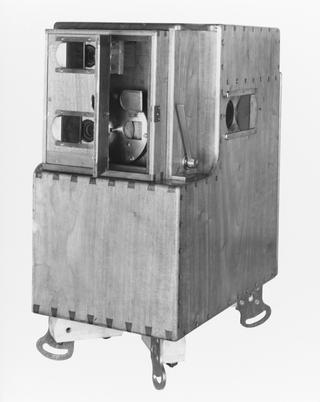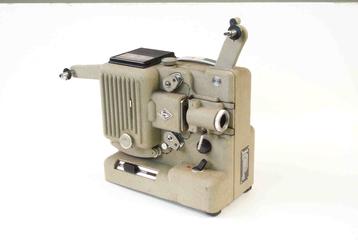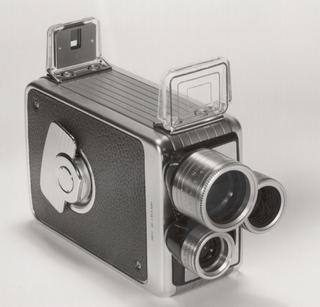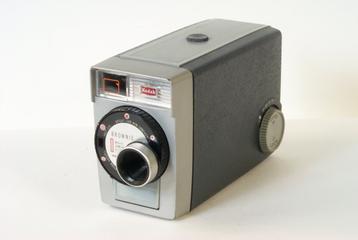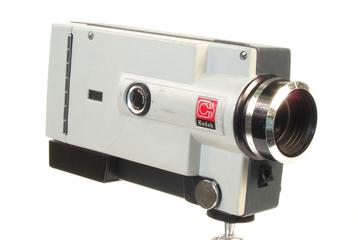
Sequential-frame three-colour process cine film: Scarlet Macaw






Vintage positive cine film made using the Lee and Turner sequential-frame three-colour process (patented 1899) showing a Scarlet Macaw turning on its perch, in medium close-up shot, taken in 1902 by Edward Raymond Turner (1873-1903) 38mm film, 78 frames long, filmed at approximately 16 frames per second.
Details
- Category:
- Cinematography
- Object Number:
- 1937-791/1
- Materials:
- cellulose nitrate and silver (metal)
- type:
- lee and turner cine film
- credit:
- The National Media Museum, Bradford
